From Whiffle Ball to Olympic sport
Innebandy / floorball at the Olympics
-
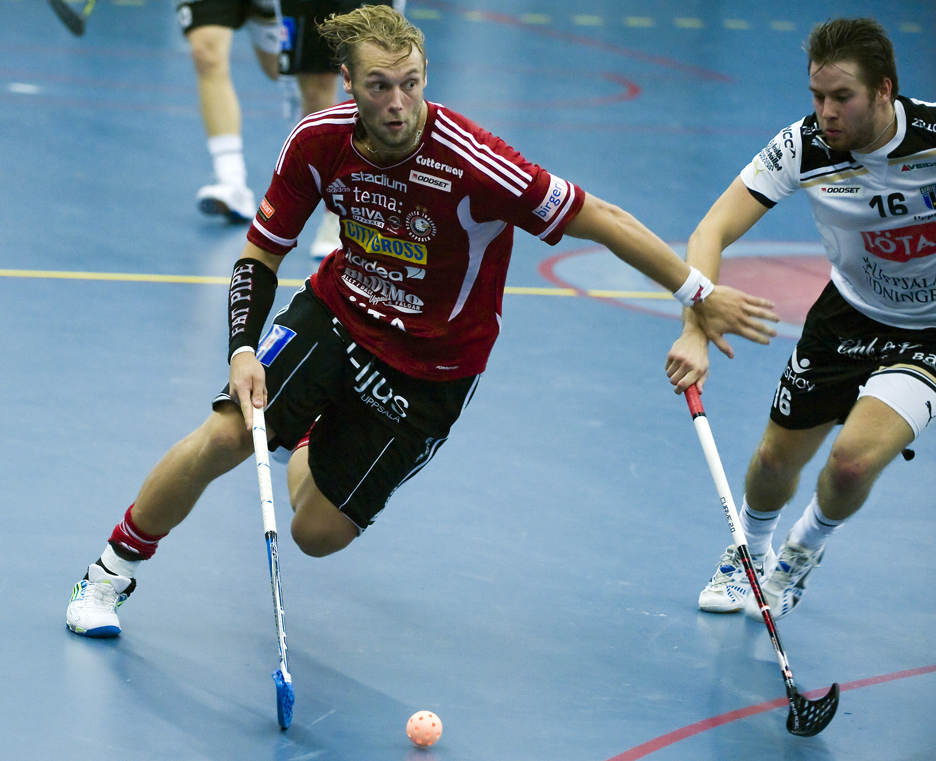 Like a dear child, a beloved sport often goes by many names—innebandy, floorball, unihockey, salibandy or sähly. Svenska Superligan, Storvreta - Sirius: Kim Johansson, Storvreta and Jonas Berggren, Sirius. Bildbyrån photo.
Like a dear child, a beloved sport often goes by many names—innebandy, floorball, unihockey, salibandy or sähly. Svenska Superligan, Storvreta - Sirius: Kim Johansson, Storvreta and Jonas Berggren, Sirius. Bildbyrån photo. -
-
A dear child often goes under many names—like innebandy, floorball, unihockey, salibandy or sähly.
In 1953, David Mullany of Connecticut developed and invented a plastic ball with open air holes to improve baseball practice for his then 12-year-old son. Fifteen years later, in 1968, the Cosom company, located just south of Minneapolis, presented the first plastic toy stick (most likely inspired by the sport bandy).
At that time, a Swedish man found a Cosom stick in Holland. He let some kids play with it and he realized they loved it. The stick was hard to get hold of in Sweden, so Carl-Åke Ahlqvist developed his own, a new kind of stick with open “ventilated blades.” The whiffle ball design was merged to the play concept and Ahlqvist traveled in Swedish schools to sell his new game as an activity during physical education class. No, he was not crazy ... he was right. -
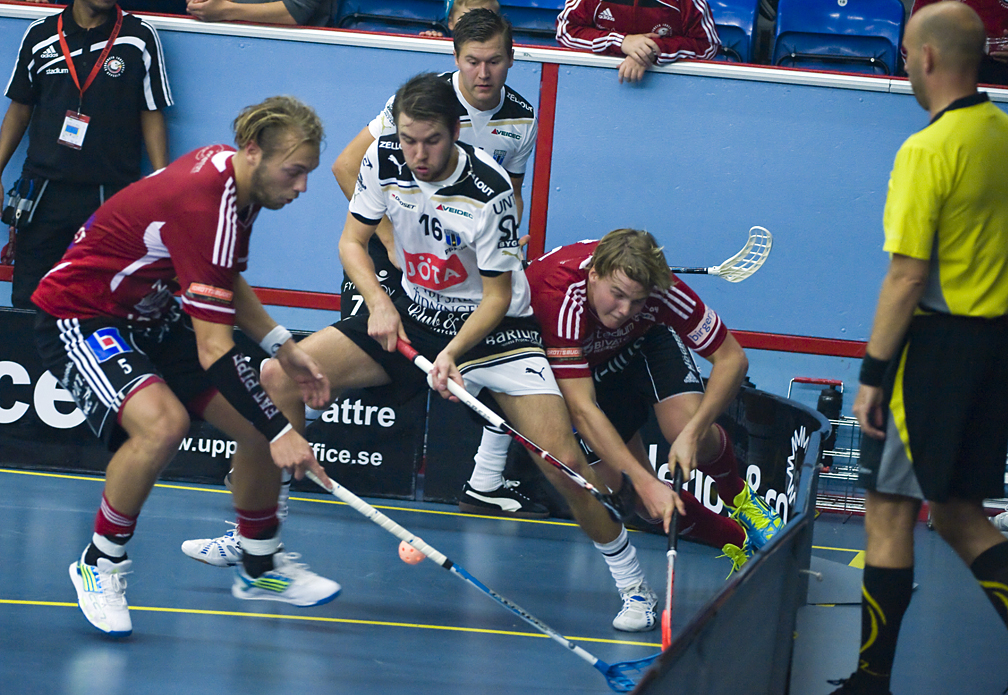 It took efforts from the U.S., Sweden and along the way, Holland but today “Innebandy” (in the U.S. it’s Floorball) has for a long time been recognized as Sweden’s second largest sport (and largest indoor sport) and actually has more licensed players than ice hockey players in Finland and Sweden—both large ice hockey nations.
It took efforts from the U.S., Sweden and along the way, Holland but today “Innebandy” (in the U.S. it’s Floorball) has for a long time been recognized as Sweden’s second largest sport (and largest indoor sport) and actually has more licensed players than ice hockey players in Finland and Sweden—both large ice hockey nations. -
-
Olympic sport
Let’s turn the clock forward some 40 years. During the summer of 2011 the International Olympic Committee granted floorball full recognition as an Olympic sport, and it's anticipated to make its Olympic debut in 2024.
The Olympic torch will be carried by a floorballer during the torch run up to next summer's 2012 Olympic games in London. Floorball, also known as innebandy in Sweden and Norway, or as unihockey in German speaking areas, is also called salibandy or sähly in Finland.
Many well respected sport connoisseurs would probably not believe this story, since the idea that a “plastic toy or school version of hockey without ice”—in a matter of just a few decades—would be able to “break through” and most likely become an Olympic sport. It is almost unbelievable, like a fairy tale, maybe even a saga.
However, this is not only about the Olympics. Floorball has for a long time been recognized as Sweden’s second largest sport (and largest indoor sport). Floorball has more licensed players than ice hockey players in Finland, Switzerland, the Czech Republic and Sweden—all large European ice hockey nations. But why compare like that. The truth is also that many hockey players deem floorball to be excellent for dryland training, perfect for ice hockey. And yes, today all Swedish and Finnish stars in NHL are raised with floorball—and most often gifted with rather “soft hands.” Some of them praise floorball as a crucial ingredient in their development as hockey players. -
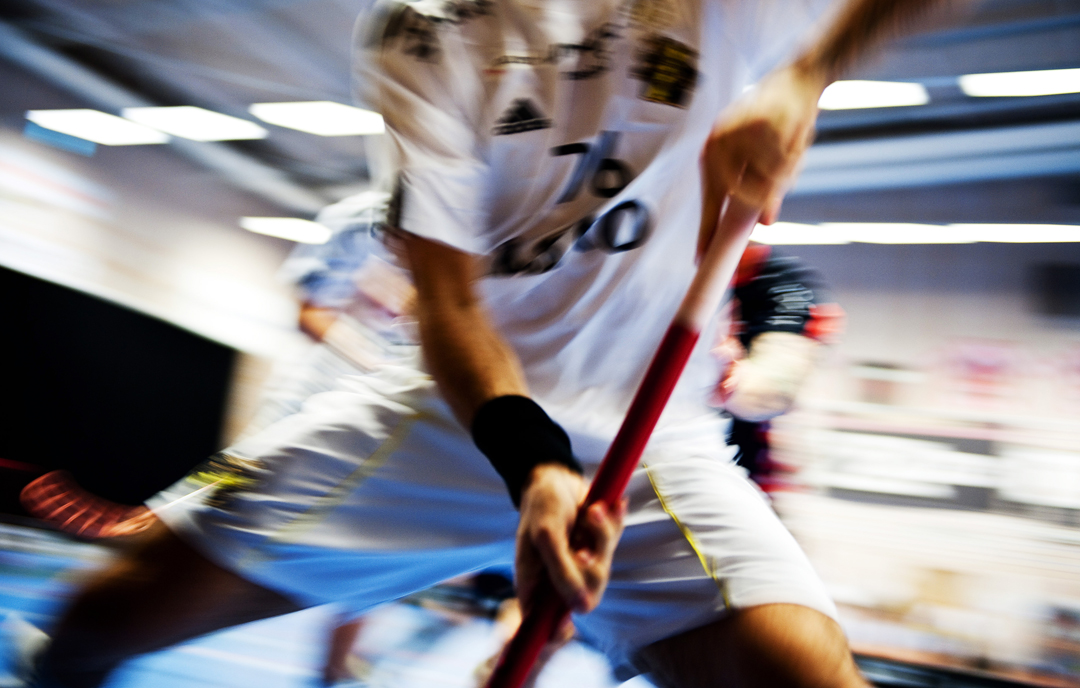 Floorball is today played across several states in the U.S.
Floorball is today played across several states in the U.S. -
Why is it popular?
We think this is a question that may not be answered in general terms but in a personal way. Most of the individual answers must be based upon a mix of the following unique selling prospects: Floorball is fast, inclusive, affordable, scalable and very flexible, it can be played almost anywhere, it is comparably safe, it is a constructive game, it's fun, modern, addictive, and, according to some sources, the world’s fastest growing team sport.
What Ahlqvist envisioned as a little game in PE class, is today one of the most common PE activities, not only in school, but also in after school programs, across northern Europe. What the Cosom Company and the inventor of the whiffle ball had hopes for, we may only guess.
Let us hope that America will fully discover floorball—a coming Olympic sport based upon two unique U.S. American ideas.
Floorball expansion in America is a natural, and if you follow the path of ice hockey's NHL, AHL, ECHL and college markets, you will quickly discover that a missing link between ice hockey and youth are schools. In every school gym, right across all of these key hockey hotbeds in North America exists the perfect chance to roll out floorball. The majority of these school gyms are already in tune with floor hockey in gym class, however floor hockey is old, awkward and can be dangerous; floorball is new and smart. Floor hockey is neither a true sport nor a healthy recreation for all students, whereas floorball is designed for safety, speed and skill for ALL students—girls and boys, hockey players and non-hockey players. Floorball is about the athlete and the positive long term benefits of playing coordinated and healthy team sports. Team sports is a building block for knotting together great communities. -
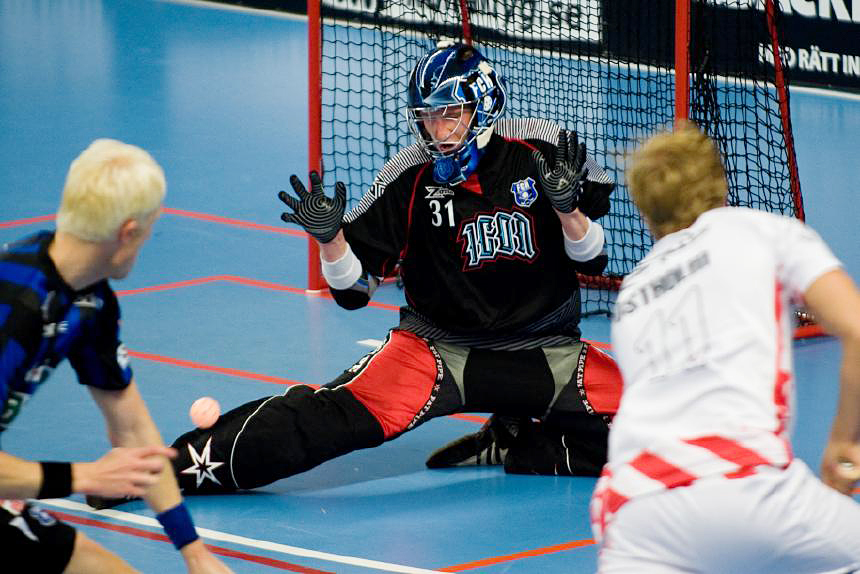 Floorball is growing very fast in America and particulary in Canada.
Floorball is growing very fast in America and particulary in Canada. -
A sport for the future
Everyone needs to jump on the floorball bandwagon quickly! It's a sport for the future, for the youth, and for our next generation of Olympians. Sometimes large corporations, organizations or even individuals search for something good and healthy to support, and floorball is an opportunity of a lifetime: The game starts with ten kids, a parent, a teacher, a gym floor and a very modest investment. Soon enough, due to the economic viability of the sport, and a proper push by the people who are paving the way today, we will have a sports revolution on our hands.
Since floorball is so fast, both on the court and in terms of international sport development, the time to discover floorball as an all-American sport is now.
Perhaps this boils down to redefining our goals for our children within the context of modern team sports and nurturing a new indoor hockey culture that is in desperate need of a seismic upgrade in the Americas. A strong Swedish-American co-operation plan may ensure that the essence of floorball and the purity, spirit and beautiful skill that comes with it, will flourish throughout every community that cares enough to try.
So, isn’t it time to play some floorball? -
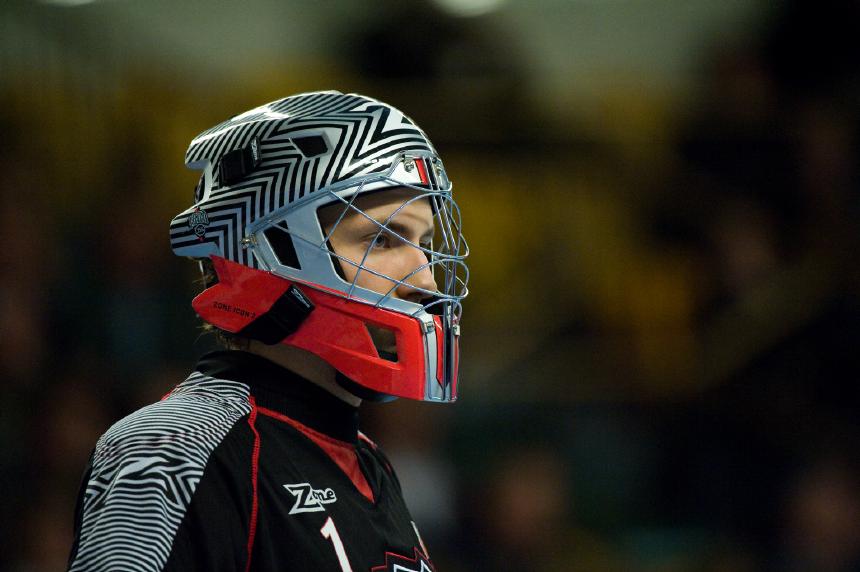 The two most developed states in the U.S. are California and Texas.
The two most developed states in the U.S. are California and Texas. -
Michael Borg and Greg Beaudin
-
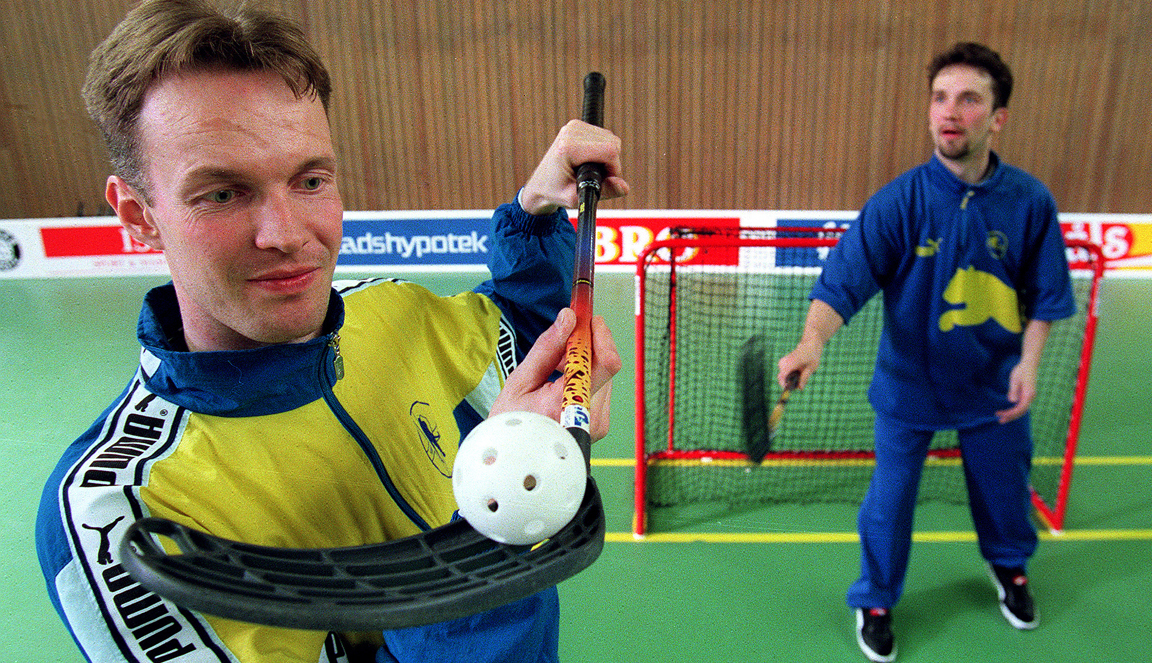 Esa Karjalainen och Jan-Erik Vaara, part of the 1996 Swedish world championship team.
Esa Karjalainen och Jan-Erik Vaara, part of the 1996 Swedish world championship team. -
Facts:
Floorball is today played across several states in the U.S.
Floorball is right now growing very fast in America and particulary in Canada.
The two most developed states in the U.S. are California and Texas.
More on floorball at http://floorballcentral.com -
This text was prepared by Michael Borg and Greg Beaudin. Beaudin is the Canadian architect behind the current floorball development in Canada. His company, Modern Hockey, also runs floorball operations in Florida.
Borg is a Swedish dad that is upset over the fact that very few schools in the U.S. offer floorball for future American generations, including his own three children.
Michael lives in Wisconsin and may be reached at michael@floorballcentral.com -
-
